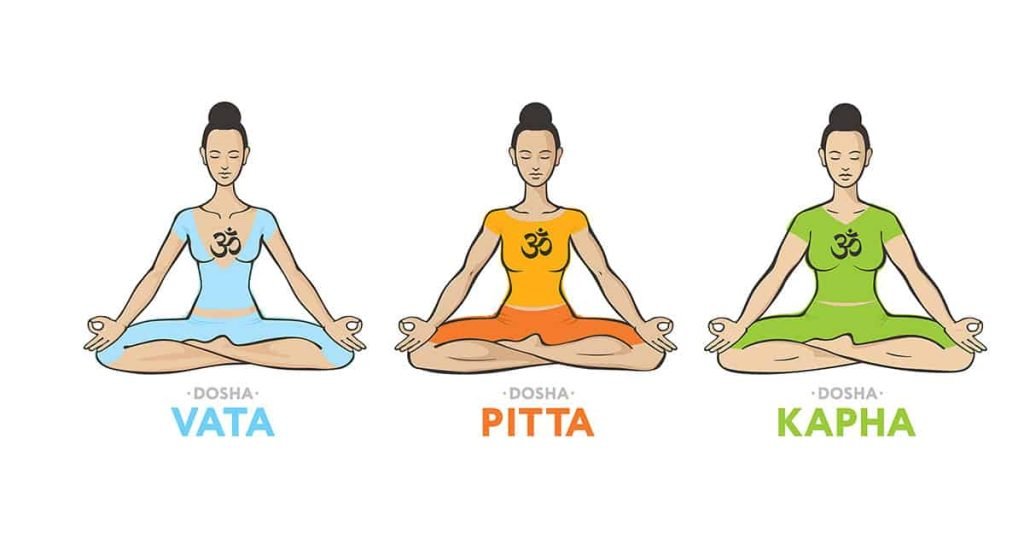Introduction to Ayurveda and Doshas
Ayurveda has been an ancient system of medicine in India for thousands of years, and it is gaining popularity day by day all over the world. According to Ayurveda, every person has a unique constitution called doshas, which determines the physical, mental and emotional characteristics of the person. By Knowing your doshas, A Person can make better choices for his health and well-being.

The Three Doshas: Vata, Pitta, and Kapha
Vata Doshas
- Associated with movement and change.
- Physical characteristics include a thin build, dry skin, and cold hands and feet.
- Mental characteristics include creativity, quick thinking, and a tendency towards anxiety and worry.
Pitta Doshas
- Associated with metabolism and digestion.
- Physical characteristics include a medium build, warm body temperature, and oily skin.
- Mental characteristics include intelligence, ambition, and a tendency towards anger and irritability.
Kapha Dosha
- Associated with structure and stability.
- Physical characteristics include a heavier build, oily skin, and a slower metabolism.
- Mental characteristics include calmness, stability, and a tendency towards lethargy and attachment.
Identifying Your Dominant Dosha
To identify your dominant dosha, you can check with an Ayurvedic practitioner. However, there are also some general characteristics that can give you an idea of your dominant dosha.
For example,
- If you tend to be thin, creative, and anxious, you may have a Vata-dominant constitution.
- If you tend to be medium-built, ambitious, and easily irritated, you may have a Pitta-dominant constitution.
- If you tend to be heavier, calm, and slow-moving, you may have a Kapha-dominant constitution.
Characteristics of Vata Dosha
If you have a Vata-dominant constitution, it is important to balance your dosha with warmth, grounding, and routine.
Characteristics of Pitta Dosha
If you have a Pitta-dominant constitution, it is important to balance your dosha with coolness, calmness, and moderation.
Characteristics of Kapha Dosha
If you have a Kapha-dominant constitution, it is important to balance your dosha with movement, stimulation, and lightness.
Balancing Your Dosha with Diet
- Vata-dominant individuals may benefit from warm, nourishing foods that are grounding and stabilizing, such as soups, stews, and root vegetables.
- Pitta-dominant individuals may benefit from cooling, hydrating foods that are gentle on the digestive system, such as cucumbers, melons, and leafy greens.
- Kapha-dominant individuals may benefit from light, stimulating foods that promote movement and stimulation, such as spicy or bitter flavours and light proteins.
Balancing Your Dosha with Lifestyle Choices
- Vata-dominant individuals may benefit from a consistent routine, regular exercise, and grounding activities such as yoga or meditation.
- Pitta-dominant individuals may benefit from engaging in calming activities such as meditation or spending time in nature, as well as practising moderation in all aspects of life.
- Kapha-dominant individuals may benefit from regular exercise, engaging in stimulating activities such as dancing or socializing, and practising mindfulness and self-awareness to prevent stagnation and lethargy.
- The doshas can be balanced and relaxation encouraged through the use of Ayurvedic therapies like massage and yoga.
Conclusion
Understanding your dosha can help you optimize your health and well-being through personalized nutrition, lifestyle choices, and self-care practices. By balancing your dosha, you can cultivate a greater sense of vitality, balance, and harmony in your body, mind, and spirit.

